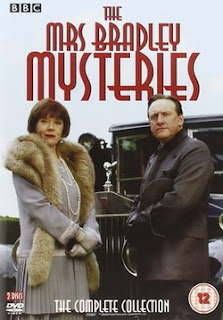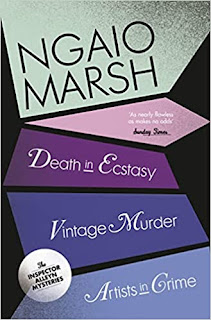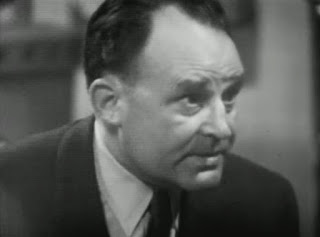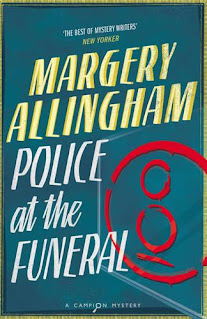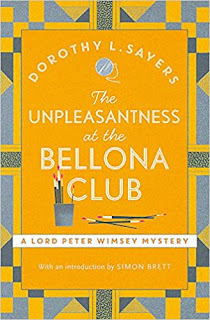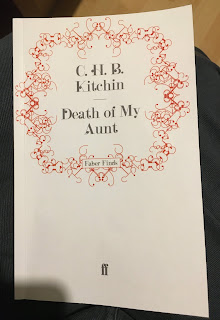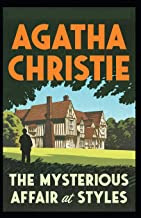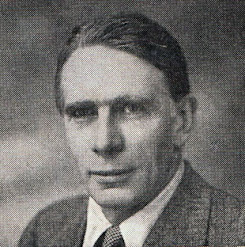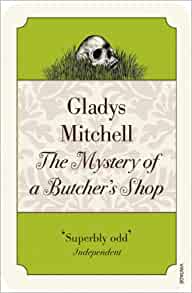Campion meets a flame-haired beauty who is a most unconventional heroine
There is the first sign of a love interest for the mysterious Albert Campion in Sweet Danger, the fifth novel written by Margery Allingham about her hero’s adventures.
A Vintage Books edition
of Sweet Danger
Campion meets the plucky Amanda Fitton, a beautiful teenage girl, who works with him to thwart a deadly enemy intent on defrauding her family of its inheritance. The novel is full of action, danger and eccentric characters and ends with the most delicate of hints that there might be romance in the future for the noble adventurer, Campion.
Sweet Danger was first published in 1933 in the UK. However, it is not a typical novel of its time. Amanda Fitton is not a damsel in distress for Campion to rescue. She is a hard-up and not very well dressed 17-year-old, who is interested in experimenting with radio signals and electricity.
Campion has been tasked by the British Government with finding proof of ownership of Averna, a small, oil rich principality on the Adriatic, which has become a vital port after an earthquake has given it a natural harbour. He goes to the village of Pontisbright in the depths of the Sussex countryside, where he meets Amanda and her family who, as rightful heirs to the principality, insist on joining Campion’s quest.
Although Campion and his friends agree to join forces with the Fitton family, whose ancestors were given the principality way back in history, an unscrupulous financier and his hired thugs are also on the trail. The family suffer violent attacks and Campion’s friends are tied up in sacks and shot at, while Campion himself goes missing.
During a showdown with the main villain, Amanda saves Campion’s life, but she has been shot herself in the process. Thankfully, her wound is not life threatening and in the last pages of the book she asks him to take her into partnership in his business ‘later on’…
.jpg) |
| Allingham's writing was notable for her insight into character |
Margery Allingham, who died on this day in 1966, was a prolific writer during the Golden Age of Detective Fiction. She left a legacy of 18 Albert Campion mysteries, six volumes of short stories about the detective and many stand-alone novels, novellas and volumes of short stories.
Margery died of cancer in hospital in Colchester six weeks after her 62nd birthday. She was in the process of writing her last novel, Cargo of Eagles, and had mapped out the story long before her death. Her husband, Philip Youngman Carter, was able to finish it, as she herself would have done, following her plan.
In a preface to Mr Campion’s Clowns, an omnibus of novels by Margery Allingham, published in 1967, Youngman Carter paid tribute to his late wife as ‘a generous, kind and courageous woman with a rare gift for friendship’.
Margery showed wonderful insight into character and her books abound in witty and accurate observations of people. As she matured as a writer, her books became deeper and started to encompass significant themes, such as love and justice, good and evil, and illusion and truth. Her works have now attained classic status and she has, at times been compared with Charles Dickens and Robert Louis Stevenson
Vintage Books, part of the Penguin Random House Group, have now republished all Margery’s novels featuring her series detective Albert Campion.
Buy Margery Allingham's books from or



